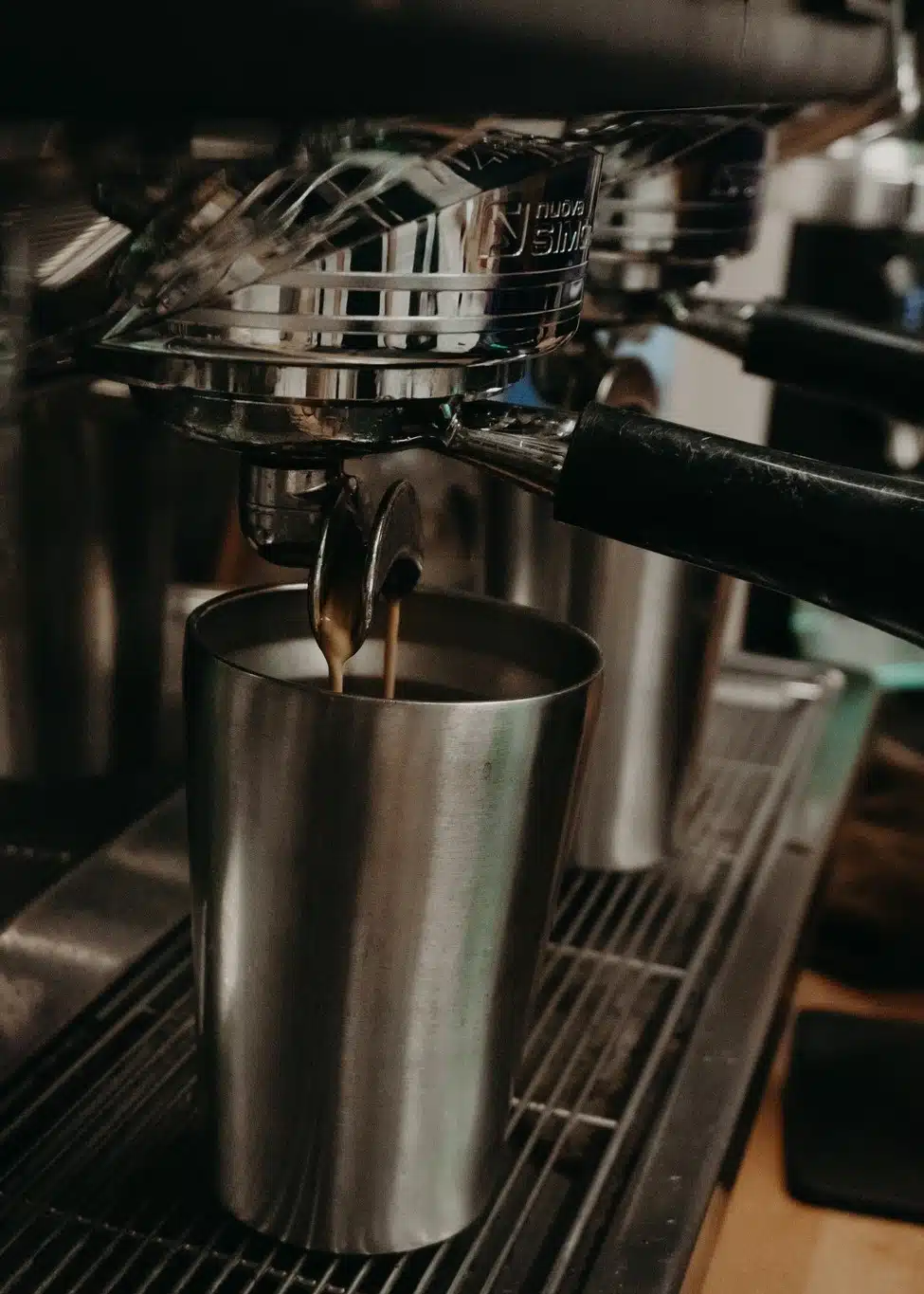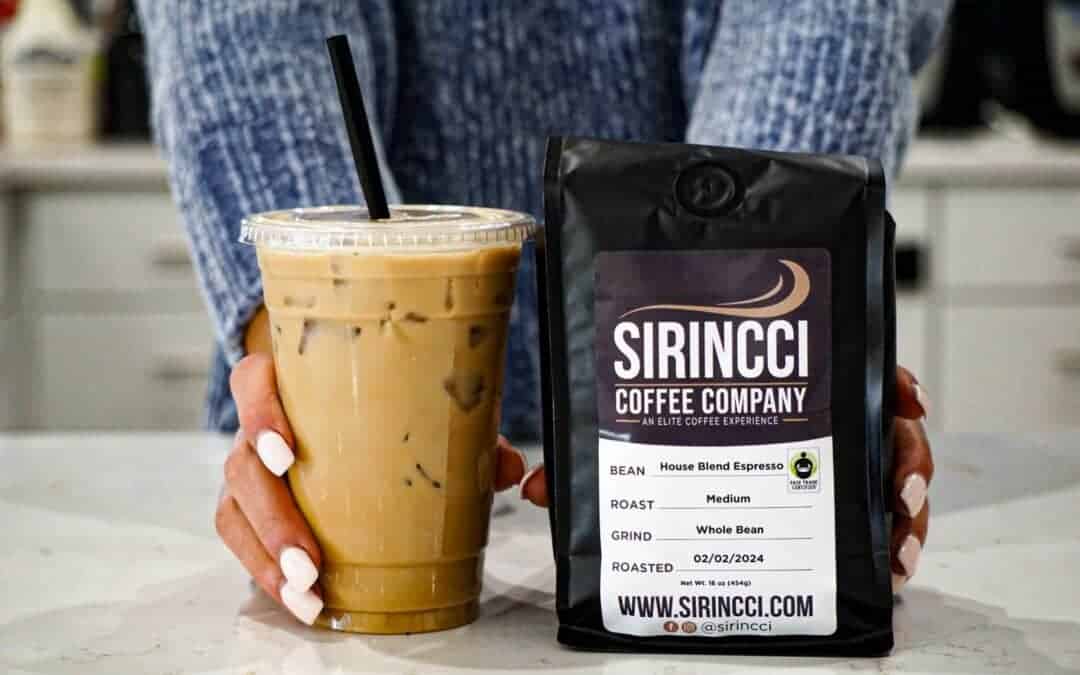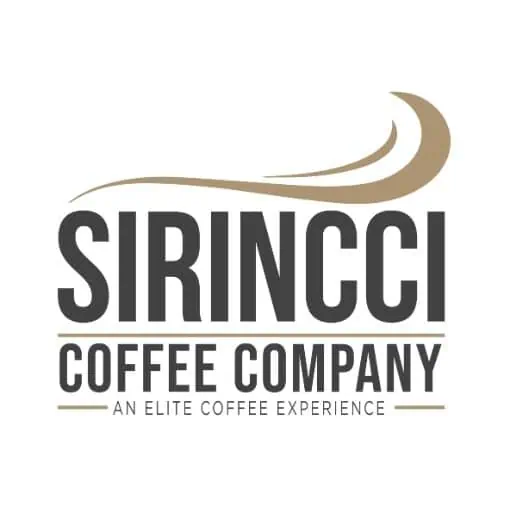Exploring the world of coffee is akin to embarking on a global adventure, one cup at a time, right from the comfort of your local coffee shop. Coffee, one of the most beloved beverages worldwide, offers a rich tapestry of flavors, aromas, and traditions that reflect its diverse origins. From the aromatic fields of Ethiopia to the mountainous terrains of Colombia, coffee beans undergo a journey that transforms them into the delightful brews we cherish every morning at home or the delicious lattes we sip on at a coffee shop. This guide serves as a gateway for beginners to navigate the extensive variety of coffee types, each with its unique taste profile and brewing method.
Understanding Coffee Beans
Before diving into the myriad of coffee types available, it’s essential to grasp the basics of coffee beans, the seeds that are the source of this magical drink. There are primarily four types of coffee beans: Arabica, Robusta, Liberica, and Excelsa, each offering distinct flavors and aromas.
Types of Coffee Beans
Arabica beans, hailed for their sweet, soft taste and higher acidity, are the world’s most popular coffee beans, making up about 60-70% of the world’s coffee production according to the National Coffee Association. Robusta beans, on the other hand, are known for their strong, harsh flavor and a higher caffeine content, often favored for their boldness. Liberica beans, with their unique fruity and floral flavor profiles, and Excelsa, offering a tart, fruit-like taste, round out the coffee bean family, offering more exotic and diverse flavors.
Selecting Coffee Beans for different flavors is an art in itself. The choice of bean not only influences the taste but also the texture and aroma of the coffee. Whether you prefer a smooth, mild cup of coffee that soothes the soul or a strong, invigorating espresso to kick-start your day, understanding the types of coffee beans is the first step towards crafting your perfect cup.
Popular Coffee Types Explained
The journey from bean to cup brings us to the various coffee types that have evolved over time, influenced by cultural traditions, coffee shops, and technological advancements.
Espresso Basics
Espresso, the heart of many coffee drinks, is a concentrated form of coffee served in shots. It’s the foundation for a variety of coffee types, including lattes, cappuccinos, and macchiatos. The perfect espresso is characterized by its rich aroma, creamy body, and the layer of crema that tops the shot, a result of the high-pressure brewing process.

American Coffee Culture
In contrast, American coffee, often referred to as regular coffee, is typically brewed in a drip coffee maker, resulting in a lighter and more voluminous drink. This brewing method allows for the subtle flavors and aromas of the coffee beans to shine, offering a comforting and familiar cup that has become a morning staple in households across the United States.
Latte vs Cappuccino
Diving deeper into coffee types, lattes and cappuccinos represent two of the most popular espresso-based drinks, distinguished by their milk content. A latte combines espresso with steamed milk and a light layer of foam, creating a smooth, creamy beverage. Cappuccinos, however, offer a stronger espresso flavor with equal parts of espresso, steamed milk, and frothed milk, resulting in a rich, bold taste.
Mocha Coffee Delights
For those with a sweet tooth, the mocha is a delightful fusion of espresso, steamed milk, and chocolate, often topped with whipped cream. This indulgent drink blends the bold flavors of coffee with the sweetness of chocolate, creating a perfect balance that satisfies both coffee and chocolate lovers alike.
Macchiato and its Variants
Macchiatos stand out for their strong espresso flavor with just a hint of milk. The traditional macchiato is a shot of espresso “stained” or “marked” with a dollop of milk foam. Over time, variations like the caramel macchiato have emerged, adding flavored syrups and a more significant amount of milk to the mix, appealing to those who prefer a sweeter, more flavorful drink.
Specialty Coffee Types
As the coffee culture continues to evolve, so do the varieties of coffee, with specialty types gaining popularity among coffee aficionados seeking unique and innovative flavors.

Cold Brew Coffee for summer offers a refreshing alternative to the traditional hot coffee. Steeped for hours in cold water, cold brew coffee is known for its smooth, mild flavor, with lower acidity, making it a perfect choice for hot summer days.
Nitro Coffee craze introduces coffee lovers to a new dimension of coffee, infused with nitrogen to create a silky, smooth texture reminiscent of a stout beer. This cold coffee variant pours from a tap, creating a visually appealing cascade of bubbles that settle into a creamy head, offering a unique sensory experience.
Affogato for dessert lovers combines the rich flavors of espresso with the creamy sweetness of ice cream, creating a simple yet luxurious dessert that pleases the palate. This Italian treat perfectly encapsulates the joy of coffee in a delightful, indulgent package.
World of Coffee Flavors
Diving into the world of coffee, one discovers an array of flavors that tantalize the taste buds, transcending beyond the simple binary of sweet or bitter. This variety is influenced by the bean’s origin, the roasting process, and the brewing method, creating a spectrum of taste experiences.
Flavored Coffee Beans
The introduction of flavored coffee beans has brought a new dimension to coffee’s taste profile. These beans are treated with natural or synthetic flavor oils, like vanilla, hazelnut, or caramel, after roasting, introducing a playful twist to the traditional coffee flavor. This innovation caters to a wide audience, allowing for personalized coffee experiences that satisfy diverse palates.
Spiced Coffee Recipes
Beyond the beans themselves, spiced coffee recipes have been a part of many cultures for centuries. Incorporating spices such as cinnamon, cardamom, or nutmeg not only adds depth to the coffee’s flavor but also brings warmth and comfort, particularly in colder seasons. These spiced coffees, often enjoyed in the Middle East and parts of Asia, invite coffee enthusiasts to explore global traditions and flavors.
Brewing the Perfect Cup
At the heart of every great coffee experience is the art and science of brewing. The method by which coffee is brewed can dramatically alter its taste, aroma, and body, making the brewing process a critical aspect of coffee enjoyment.
Coffee Brewing Methods
From the traditional drip coffee maker to more intricate methods like the French press, pour-over, or Aeropress, each brewing technique offers a unique way to extract flavors from the coffee grounds. The choice of method depends on personal preference, whether one seeks the convenience of an automatic coffee maker or the control and ritual of manual brewing.
Tips for Coffee Preparation
Achieving the perfect cup of coffee is a pursuit that combines precision, patience, and practice. Key tips for coffee preparation include using fresh, whole beans ground just before brewing to preserve flavor, measuring the coffee-to-water ratio carefully to ensure balance, and adjusting brewing times and temperatures to suit the chosen method and desired taste profile.
From understanding the diverse types of coffee beans that form the foundation of our favorite brews to exploring the vast array of coffee types, both traditional and specialty, this exploration has unveiled the depth and richness of coffee culture. The foray into flavored coffees and spiced recipes further illustrates the innovative and boundless nature of coffee, inviting enthusiasts to continually experiment and discover new horizons.
Key Takeaways from Exploring Coffee Types
- The variety of coffee beans plays a pivotal role in determining flavor profiles.
- Espresso serves as the base for many popular coffee drinks, offering versatility in coffee enjoyment.
- Specialty coffee types, like cold brew and nitro coffee, highlight the evolving nature of coffee culture.
- Brewing methods significantly impact the taste, aroma, and quality of the coffee, emphasizing the importance of technique and personalization in coffee preparation.
Frequently Asked Questions
- What is the difference between Arabica and Robusta coffee beans? Arabica beans are known for their sweet, delicate flavors and higher acidity, while Robusta beans offer a stronger, more bitter taste with a higher caffeine content.
- Can I make espresso without an espresso machine? While traditional espresso requires high pressure to brew, alternative methods like using a stovetop espresso maker or Aeropress can produce a strong, concentrated coffee similar to espresso.
- How does grind size affect coffee flavor? The grind size affects the extraction process; finer grinds are suitable for quick extraction methods like espresso, while coarser grinds work better for slower brewing methods like French press.
- What is the best way to store coffee beans? Coffee beans should be stored in an airtight container at room temperature, away from direct sunlight, moisture, and heat to preserve their freshness and flavor.
- Can I reuse coffee grounds to make coffee? Reusing coffee grounds is not recommended as most of the flavor and caffeine are extracted during the first brew, resulting in a weak and flat second cup.
We’re an elite coffee shop bringing you a commercial, full, craft coffee shop experience at one of our locations or wherever your special event may be! We would love to cater your event with trained baristas and serve hand crafted espresso drinks, coffees, frappes, smoothies, and teas to you and your guests.


